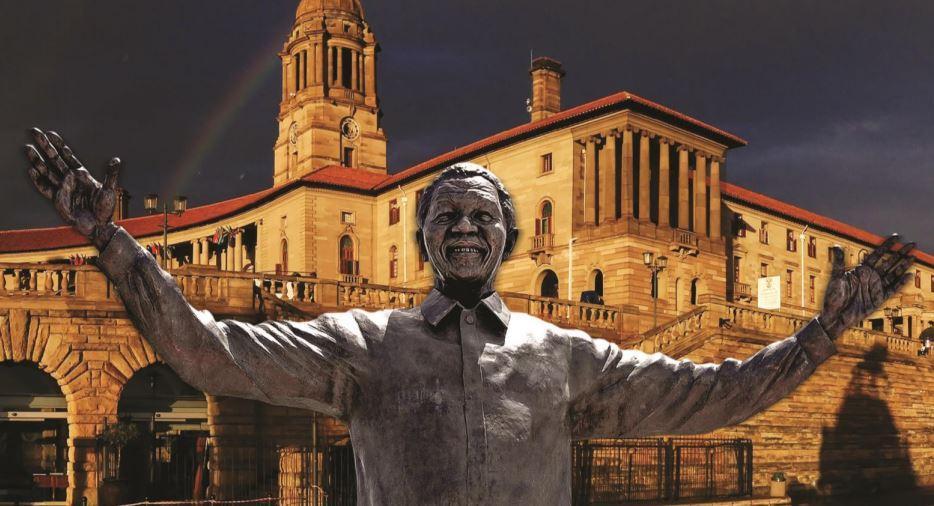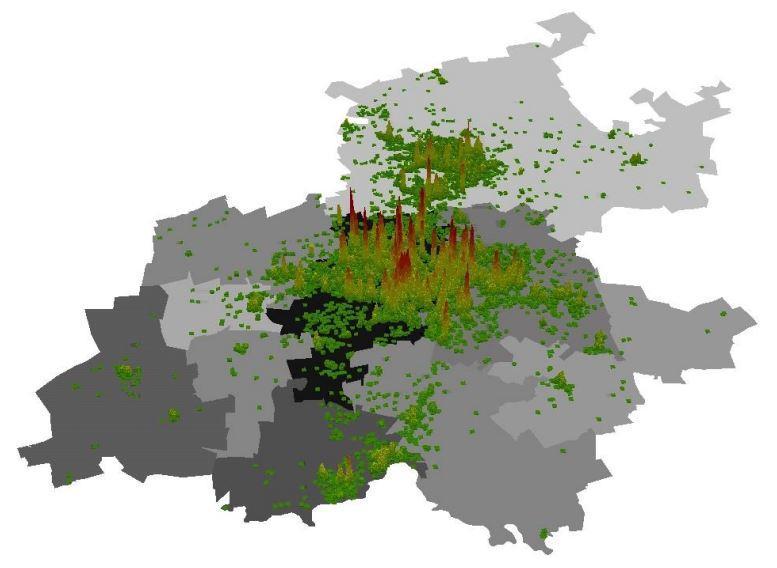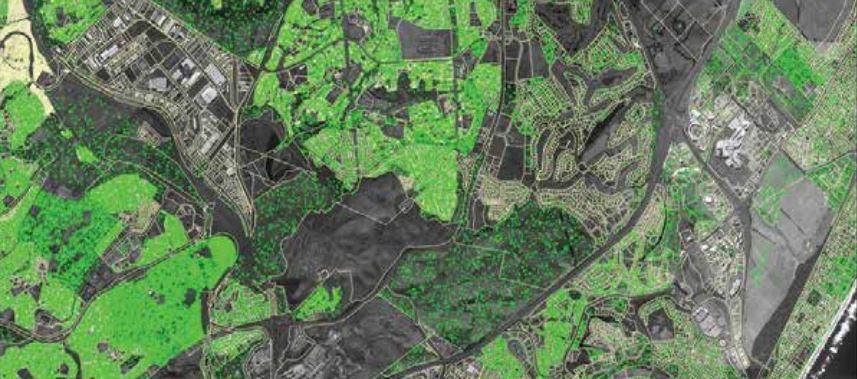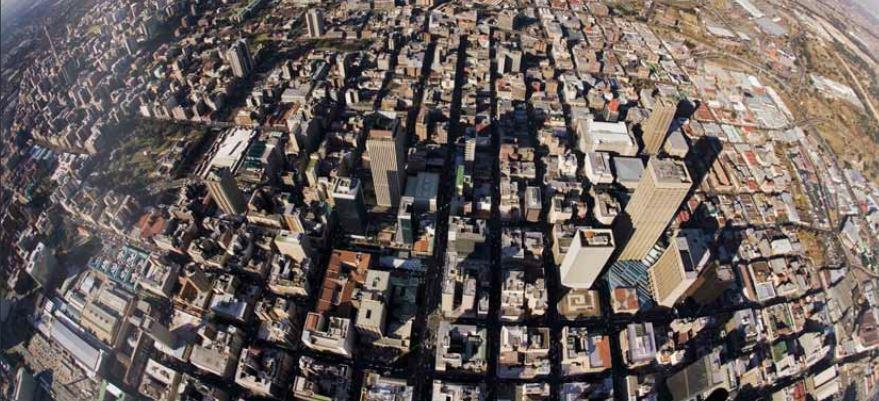Research Reports
-
Children in spatial planning
Practice note on including children in spatial planning and design development processes
There is much work required in Africa to bring the child’s voice into civic processes, and many contextual considerations to take account of, especially in relation to the poverty, vulnerability, and environmental deprivation of many children on the continent. There are some indications, however, of a growing awareness in places of the value of engaging children. By 2022, Child Friendly Cities Initiative programmes have been launched in Mozambique, Senegal, and Guinea, with involvement of UNICEF, national municipal networks, local universities, and civil society, with programmes in the process of setting up in Nigeria and Malawi. The Nairobi headquartered UN-Habitat has also supported child-responsive planning on the continent including through the Future Cities Challenge which encourages children to creatively re-imagine the cities they live in. In Southern Africa, Save the Children has undertaken a broad assessment of children’s participation across the region.
-
Resilient Densification: Four Studies from Johannesburg

Title: Resilient Densification: Four Studies from Johannesburg
Author: Alison Todes, Philip Harrison, Dylan Weakley
Date: 2015
Unlike most cities in the world, over the last 20 years Johannesburg has become more dense and more compact. This reflects the increased rates of rural-urban migration from the late 1980s as urbanisation controls collapsed, but also the relative success of Johannesburg’s economy and democratic-era policies to contain urban sprawl (such as the urban development boundary). The ending of apartheid regulations allowed a release in a pent-up demand for access to large cities with much of the movement directed to the three large metropolitan cities in Gauteng. Densification in the city has occurred in both planned and unplanned ways. In line with directions in planning internationally, post-apartheid planning has placed strong emphasis on urban densification and compaction. At the same time, however, market forces (both formal and informal) have driven densification in the city, in ways that are often unforeseen and sometimes contrary to city policies. In order to plan for further development and to respond effectively to the densification that has happened, and is occurring, research into the processes and effects of densification is clearly needed. In this work we use an “urban resilience lens” to investigate four forms of residential densification in Johannesburg, using four illustrative case-studies. We explore the effects that densification is having in the city, showing how diverse, complex and contingent it often is.
Todes, A., Harrison., P., and Weakley, D., (2015). Resilient Densification: Four Studies from Johannesburg, University of the Witwatersrand, South African Research Chair in Spatial Analysis and City Planning and the Gauteng City Region Observatory.
-
Transport and Urban Development: Two Studies from Johannesburg

Title: Transport and Urban Development: Two Studies from Johannesburg
Authors: Dylan Weakley and Geoffrey Bickford
Date: April 2015
This booklet contains two research pieces which offer evidence-based perspectives on transport and its relationship to urban form. The first, by Dylan Weakley, explores the relationship between population density and modes of transport in Johannesburg using data from both the Gauteng City Regional Observatory (GCRO) Quality of Life Survey conducted in 2011 and the National Population Census of the same year. The research confirms a clear relationship between density and use of public transport but, mportantly, reveals that this relationship holds across all income groups. The second piece, written by Geoffrey Bickford, helps us understand better the relationship between new transport infrastructure and other urban development processes. It explores the impact that the Diepkloof Bus Rapid Transit (BRT) station in Soweto is having on development in adjoining areas. The research confirms that the BRT is having a positive impact on the access of local residents to the wider city but does indicate that the impact of the BRT on the built form of neighbourhoods may be evolving only gradually, and will have to be analysed over a longer period.
Weakley, D., and Bickford, G. (2015). Transport and urban Development: Two Studies from Johannesburg. University of the Witwatersrand, South African Research Chair in Spatial Analysis and City Planning and the Gauteng City Region Observatory.
-
Public Art: Aesthetic, Evocative and Invisible?
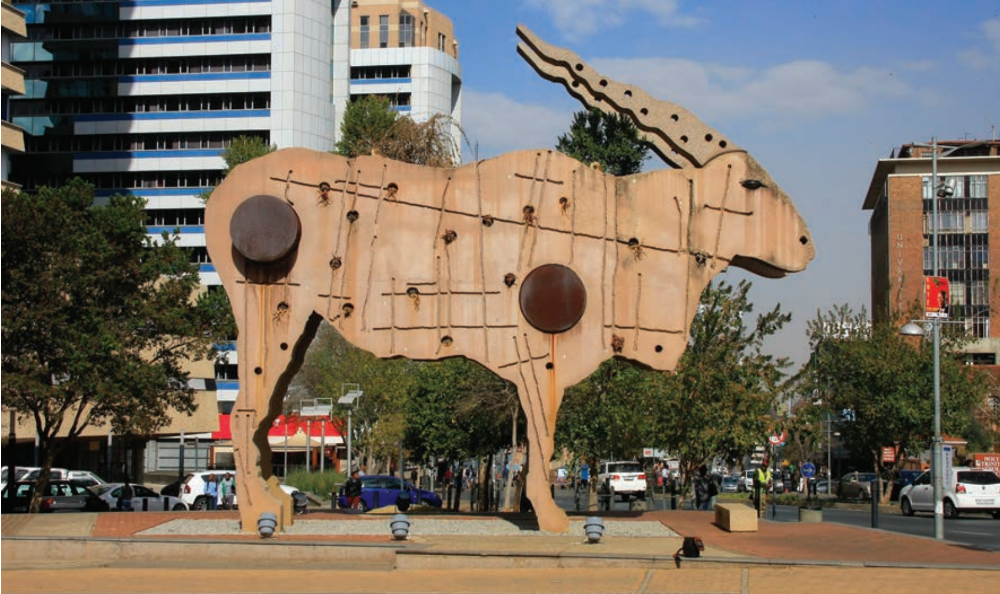
Title: Public Art: Aesthetic, Evocative and Invisible?
Authors: Kirsten Harrison with Potsiso Phasha
Date: May 2014
This paper will focus on Inner City City-commissioned artworks and will explore whose reality the artworks represent in a constantly evolving and complex city and what contribution the pieces make, if any, to modifying public space3. The City’s Public Art Policy contends its objectives to be: ‘To celebrate Johannesburg’s unique character and identity and enhance the urban environment through a vibrant, diverse city-wide program of public art.’(JDA, 2011:4). It is thus pertinent to examine whether or not city residents agree that this objective has been met. And further, should the objectives not include debate or interaction?
-
Urban Resilience Thinking for Municipalities
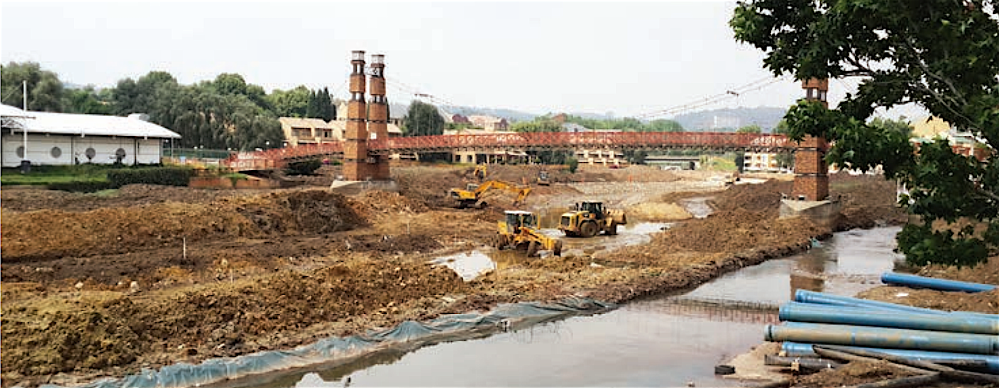
Title: Urban Resilience Thinking for Municipalities
Author: Philip Harrison, Kerry Bobbins, Christina Culwick, Tracy-Lynn Humby, Costanza La Mantia, Alison Todes, Dylan Weakley.
Date: 2014
Urban resilience is the 'new kid on the block'. Over the past few years the concept has rapidly gained a central place in spatial and urban planning policy in South Africa. This article is not designed as a 'manual' or 'tool box', but rather as a tool to promote urban resilience thinking.
The three-year funded programme at the University of the Wiwatersrand (Wits) was titled 'Urban Resilience Assessment for Sustainable Urban Development" and was developed with the specific intention of giving support to local government in South Africa. This was done with the recognition that municipalities have a potentially vital role in proactively managing processes of change.
Harrison, P., Bobbins, K., Culwick, C., Humby, T., La Mantia, C., Todes, A., and Weakley, D., (2014) Urban Resilience Thinking for Municipalities, a report as part of the Department of Science and Technology’s Grand Challenge on Global Change.
-
South Africa’s Spatial Development: The Journey from 1994
Title: South Africa’s Spatial Development: The Journey from 1994, A Report for the 20 Year Review
Author: Philip Harrison
Date: 2013
Harrison, P. (2013) South Africa’s Spatial Development: The Journey from 1994, A Report for the 20 Year Review, The Presidency, South Africa.
-
Spatial Considerations in the Development of Urban Policy in South Africa
Title: Spatial Considerations in the Development of Urban Policy in South Africa, a research report for the Integrated Urban Development Framework
Authors: Philip Harrison and Alison Todes
Date: 2013
Harrison, P. and Todes., A., (2013) Spatial Considerations in the Development of Urban Policy in South Africa, a research report for the Integrated Urban Development Framework, Department of Cooperative Development and Traditional Affairs.
-
Re-Imagining Post-Apartheid Yeoville Bellevue: The Journey and Reflections of a Resident Activist
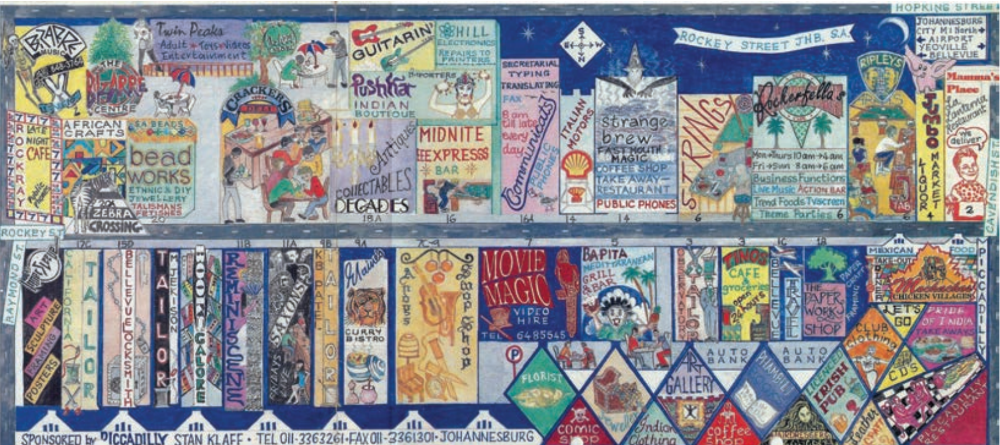
Title: Re-Imagining Post-Apartheid Yeoville Bellevue: The Journey and Reflections of a Resident Activist/Activist Resident
Author: Maurice Smithers
Date: December 2013
I first began to work in Yeoville Bellevue in 1997/8. Fifteen years later, I’m refl ecting in this research report on what I and my fellow Yeoville Bellevueites have managed to achieve, individually and collectively, in that time. It is my own personal account and I accept that others may have a different story to tell. I hope it’s interesting and that we can all learn something from it. I hope even more fervently that it will, in some way, take the fi ght for a better Yeoville Bellevue (and a better inner city) forward. Looking back in my archives, I found a table which I drafted in November of 1997 1, setting out matters that I thought needed attention. Amongst these were that: • Yeoville Bellevue was in urgent need of a socio-economic development policy • The Community Forum had collapsed and had not been replaced by a credible civic structure • Parks in the area were unmanaged and in need of proper attention • There were a number of illegalities and by-law infringements taking place
Smithers, M (2013) Re-imagining Post-Apartheid Yeoville Bellevue: The journeys and reflections of a resident activist/activist resident, Report No.6, Report Series produced by the South African Research Chair in Development Planning and Modelling, University of the Witwatersrand.
-
Back to the Streets: Exploratory Research on Pedestrian life and Walking Spaces
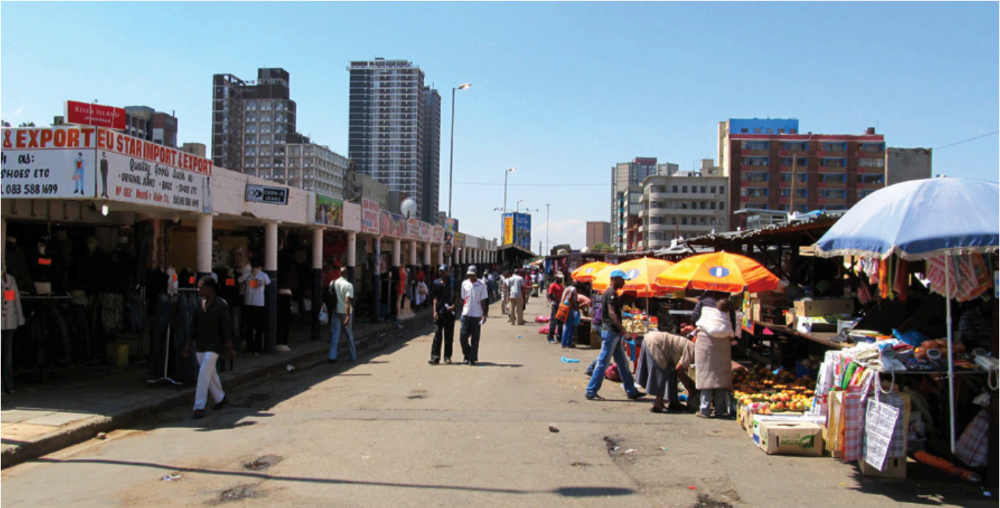
Title: Back to the Streets; Exploratory research on pedestrian life and walking spaces in the Greater Johannesburg area
Author: Alice Cabaret
Date: 2012
The aim of this exploratory research is to identify the different aspects and trends of the pedestrian practices in the Greater Johannesburg area. This has been achieved by the use of “street models” encapsulating the different socio-demographic profiles of pedestrians as well as their uses of space, based on site visits and social surveys. This research aims at being exploratory and at providing a first understanding of pedestrian life and walking spaces in Johannesburg. It also looks at the challenges to their development, based on the comparative analysis of street models. The research provided provisional answers to questions posed, but also raised additional complex questions to be interrogated. The research method itself assumes that the findings cannot be perfectly representative: rather they serve as a base for preliminary conclusions and further research.
Caberet, A., (2012) Back to the Streets: Pedestrian Planning in the Greater Johannesburg, Research Report No.3, South African Research Chair in Development Planning and Modeling.
-
Does Density Drive Development?
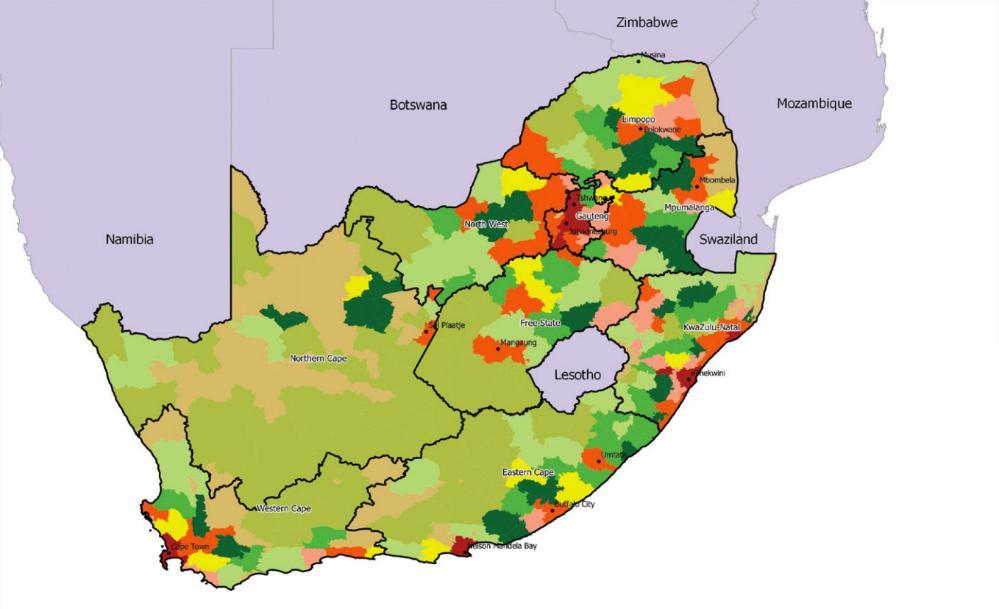
Title: Does Density Drive Development?
Authors: Rehema Msulwa and Ivan Turok
Date: August 2012
There is growing interest among governments and researchers around the world in the contribution of cities to economic development. Several influential international organisations have argued that the spatial concentration of economic activity is necessary for faster economic growth. This paper examines whether the density of population and economic activity influences the rate of local economic growth in South Africa. Municipalities are the basic units of analysis and the time frame is 1996-2010. Contrary to expectations, no statistically significant relationship is found between density and growth across the full range of 237 local municipalities. However, searching hard for a relationship among particular kinds of municipality, some evidence does emerge. The influence of human skills on local growth is also examined and is found to be more robust than density. Several reasons are given for why the relationship between density and growth is generally weak or non-existent.
Msulwa, R. and Turok , I.,(2012) Does Density Drive Development? Report, No. 3, Report Series Produced by the South African Research Chair in Development Planning and Modeling, University of the Witwatersrand.
-
Changing Land Use on the Periphery: Urban Agriculture and Food Gardening in Orange Farm
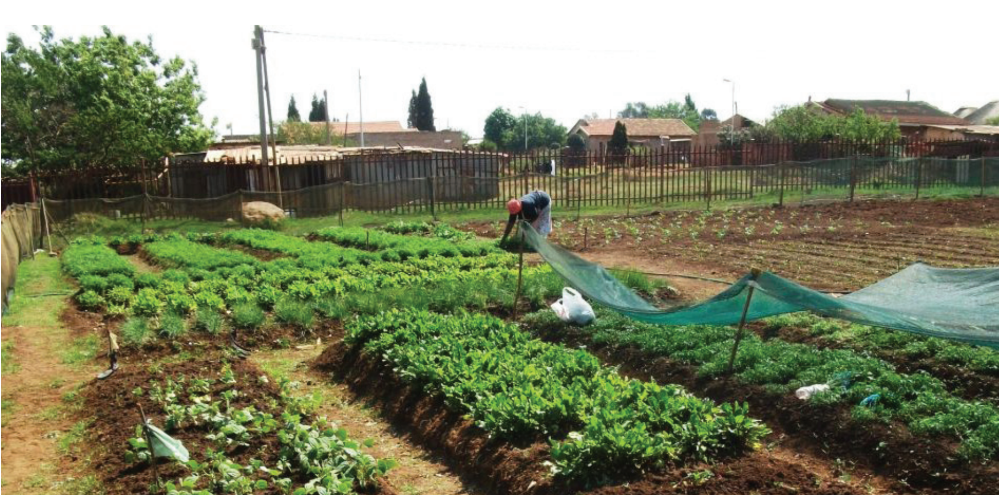
Title: Changing Land Use on the Periphery: A Case Study of Urban Agriculture and Food Gardening in Orange Farm
Authors: Robin Richards and Sue Taylor
Date: August 2012
This study was undertaken after funding was received under a call for short-term consultancies to investigate a range of topics related to urban spatial transformation. the call was issued by the school of Architecture and Planning of the University of witwatersrand under the nRF sARcHi initiative. this study investigates peri-urban food gardens and the role that food gardening plays in orange Farm in addressing poverty and in improving food security. the study specifi cally looks at the effects of available open space on urban agriculture and food gardening in orange Farm. It was hypothesised at the outset of the study that, being located on the peri-urban periphery of the city, orange Farm is not yet densely populated or short of land for food gardening to be excluded as a livelihood option. this abundance of open land could, therefore, become an asset in an agriculturally-based strategy to target poverty in this priority region of the city.
Taylor, S. and R. Richards (2012) Changing Land Use on the Periphery? A Case-Study of Urban Agriculture and Food Gardening in Orange Farm, Research Report No.2 South African Research Chair in Development Planning and Modeling.
-
Modeling Urban Spatial Change
Title: Modeling Urban Spatial Change: A Review of international and South African modeling initiative
Authors: Chris Wray, Josephine Musango and Kavesha Damon
Date: August 2013
Wray, C., Musango, J., Damon, K., and K. Cheruiyot (2013) Modeling Urban Spatial Change: A Review of international and South African modeling initiatives, a report published by the Gauteng City-Region Observatory.
-
Cities of Hope: Assessing the role of cities in creating opportunity for young people
Title: South Africa’s “Cities of Hope”: Assessing the role of cities in creating opportunity for young people
Author: Philip Harrison
Date: June 2013
Although about 60 per cent of South Africans live in urban areas, the country is comparatively under-urbanised and key policy makers remain ambivalent about the desirability of further urbanisation. International experience shows that there are considerable economic and employment benefits to be derived from the dynamic urbanisation process and from managing cities well. South Africa’s future is overwhelmingly urban. Government at all levels should recognise the critical importance of cities as arenas for higher economic growth, jobs and opportunities. This is the conclusion of CITIES OF HOPE: Young people and opportunity in South Africa’s cities, a new report from the Centre for Development and Enterprise.
Harrison, P. (2013) South Africa’s “Cities of Hope”: Assessing the Role of Cities in Providing for Young People, a Report for the Centre for Development and Enterprise.
-
Alternative Formalities, Transnational and Xenophobia
School of Architecture and Planning (2014) Alternative Formalities, Transnationalism and Xenophobia in the City of Johannesburg (AFTraX), Volumes 1 & 2, a report for the City of Johannesburg.
-
The Impact of Gated Communities on Spatial Transformation in the Greater Johannesburg Area
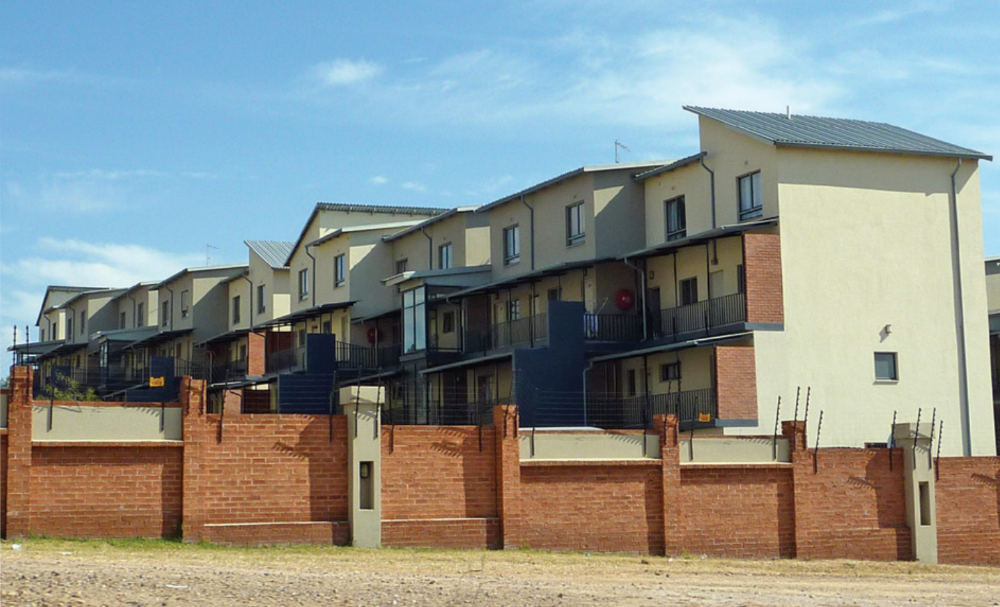
Title: The Impact of Gated Communities on Spatial Transformation in the Greater Johannesburg Area
Authors: Karina Landman and Willem Badenhorst
Date: August 2012
Gated communities in south Africa have increased tremendously since the late 1990’s, with various types spreading across the urban landscape. they can broadly be divided into two groups, namely enclosed neighbourhood s and new security developments. Enclosed neighbourhoods refer to existing neighbourhoods that have been fenced or walled in and where access is controlled or prohibited by means of gates or booms erected across existing roads. New security developments are private developments in which the entire area is developed by a private developer. these areas/buildings are physically walled or fenced off and usually have a security gate or controlled access point, with or without a security guard. this type can include large security estates, gated townhouse clusters/complexes and gated apartment complexes. these three sub-types are predominantly residential. new security developments can, however, also include gated offi ce parks and gated mixed-use developments (Landman 2012). As a signifi cant contributor to urban spatia l transformation, there is a need to understand the current extent and impact of different types of gated communities in the greater johannesburg area and implications for urban restructuring and sustainable development.
Landman K,. (2012) The Impact of Gated Communities on Spatial Transformation in Greater Johannesburg, Research Report No.4, South African Research Chair in Development Planning and Modeling.
-
Renegotiating Space: Arts on Main, 44 Stanley + Johannesburg
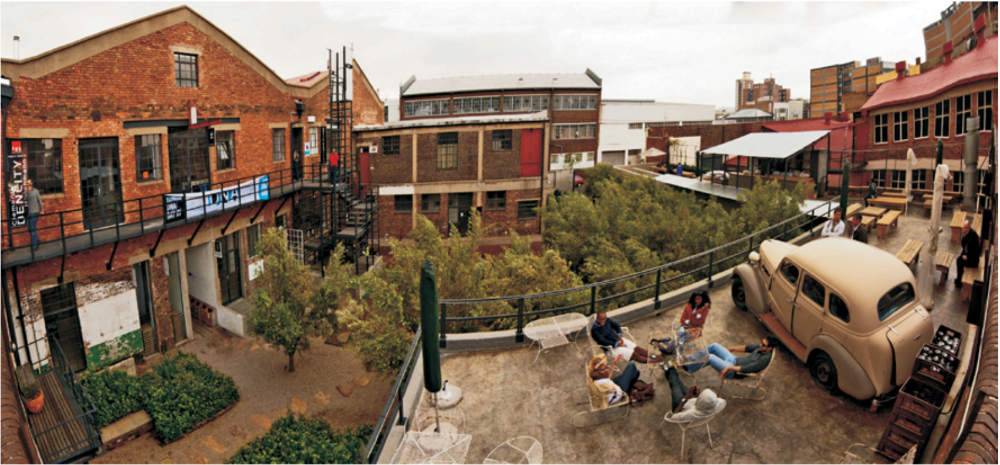
Title: Renegotiating Space: Arts on Main, 44 Stanley + Johannesburg
Author: Dirk Bhamann and Jason Frenkel
Date: August 2012
Currently, there is a proliferation of urban, middle class, creative and alternative developments in Johannesburg that are typified by 44 Stanley and Arts on Main. These developments are a relatively new phenomenon in the city and a critical investigation is required as to the reasons for their current popularity, as well as their impact and influences on the city. As ‘encoded’ texts that reflect the identities and desires of a segment of our society (Van Eeden2005:39), their analysis has the potential to shed light on the intricacies and nuances of the re-development of Johannesburg as a whole.44 Stanley is an alternative, boutique shopping venue on the urban edge of the city of Johannesburg. It is a walled, post-industrial, low-rise space that consists of a number of interconnected outdoor courtyards of various sizes. The clientele are primarily wealthy, creative people from the Northern Suburbs and the neighbouring universities (University of Johannesburg and the University of the Witwatersrand). As such, 44 Stanley is integrally stitched into its immediate urban fabric. It is part of the Milpark district in Braamfontein Werf, which contains a number of spatially isolated, self-contained developments, each owned by separate developers, including residential lofts, offices, film schools and a shopping mall. It was established in 2003 and represented and catered for a desire for northern suburbanites to re-engage with the urban.
Baumann, D. and Frenkel, J., (2012) Arts on Main & 44 Stanley: Growth, Decline or Spatial Transformation in Johannesburg, Research Report No.1, South African Research Chair in Development Planning and Modeling.
-
Ruling the Underground: Governance and Agency in a basement in Hillbrow
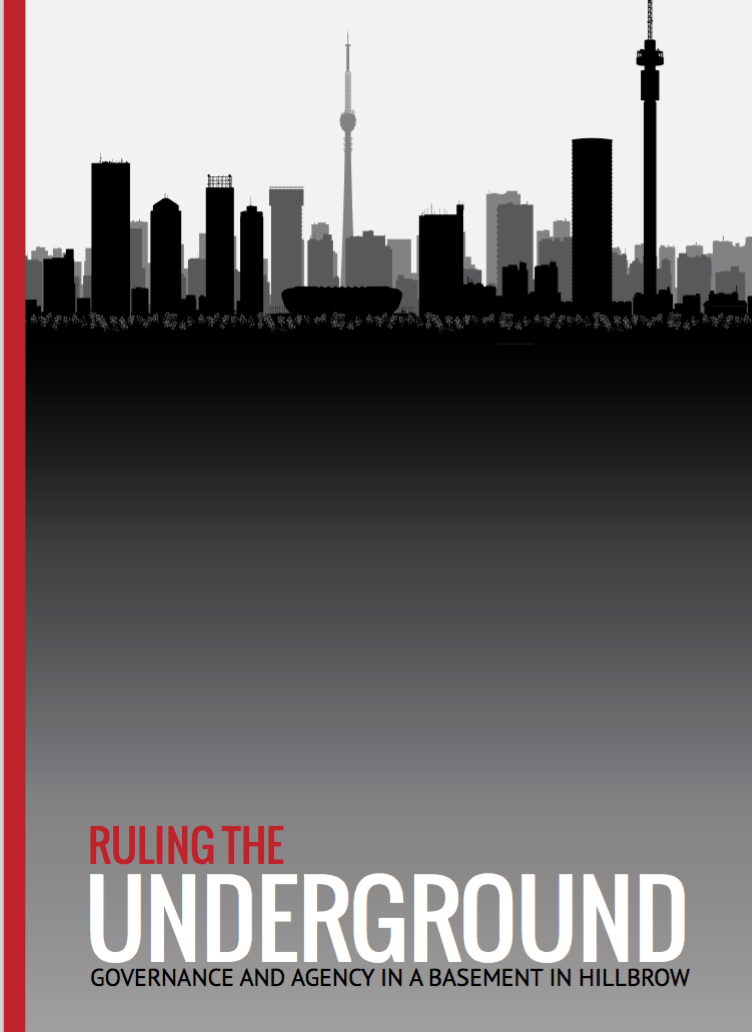
Author: Margot Rubin, Hayley Gewer, Morag Campbell and Jennifer van den Bussche
Date: July 2016
An unexpected answer a chance encounter, led to the discovery of the life and everyday experiences of people living and working in a basement in Hillbrow, Johannesburg. Unseen from the street level and only known to “insiders” who work and live in the inner city, the basement is used every hour of every day. It is home, work and leisure space, where the sacred and the profane sit side by side. Children are cared for, objects are assembled, taken apart or taken away, deals are made and prayers are offered; all to the steady rhythms of hammering, welding, singing and drumming that signal the hours, days, weeks and months that pass by.
This report outlines the informal governance relations and socially determined rules that allow for the creation of multiple purposes in a space that has been reterritorialised and repurposed. It also attempts to tell the story of life in a basement, considering its cycles, rhythms and beats within a space that simultaneously typifies the lived experience and working lives of many low-in- come people in Hillbrow. The basement affords important and invaluable opportunities for trying to understand a range of social and economic experiences and practices that take place within spaces that are informally regulated and hid- den. Thus far, much existing research has focused predominantly on everyday social and economic engagements and interactions that occur at street level, or in demarcated spaces such as markets. In these spaces performativity and agency are more visible and, as such, are better able to be scrutinised and controlled. By contrast, activities within the basements are hidden, and occur within spaces where the distinctions between formal and informal, regulated and unregulated, legal and illegal are even more blurred and difficult to understand than those observed above the ground. This report presents an argument that invisibility, being beyond the gaze of the state, is an invaluable asset for many poorer people. Such “invisibility” ensures that the basement dwellers and users can live and work outside of the rules, regulations and laws that would otherwise deny them income or shelter. However, it goes further and demonstrates that the invisible and the informal do not equate with the chaotic or anarchic, as is the case so often presented. It explains how the often complex, yet still enduring and supportive nature of the socially determined rules of operations and relationships, occur within such a space.
The report also speaks to the idea of reterritorialisation, yet moves beyond an acknowledgement that such a process does take place, to an investigation into exactly how spaces are repurposed and retrofitted for new uses. We assert that reterritorialisation is as much about the physical adaptation of the space and reconstructing its materialities, as it is about re-working the rules that govern its use. Thus there is an interlocking process whereby physical change is reinforced through new rules for the territory which, in turn, allow and support both the physical transformation as well as the new uses of space. One without the other would be impossible.
Ruling the Underground full report



